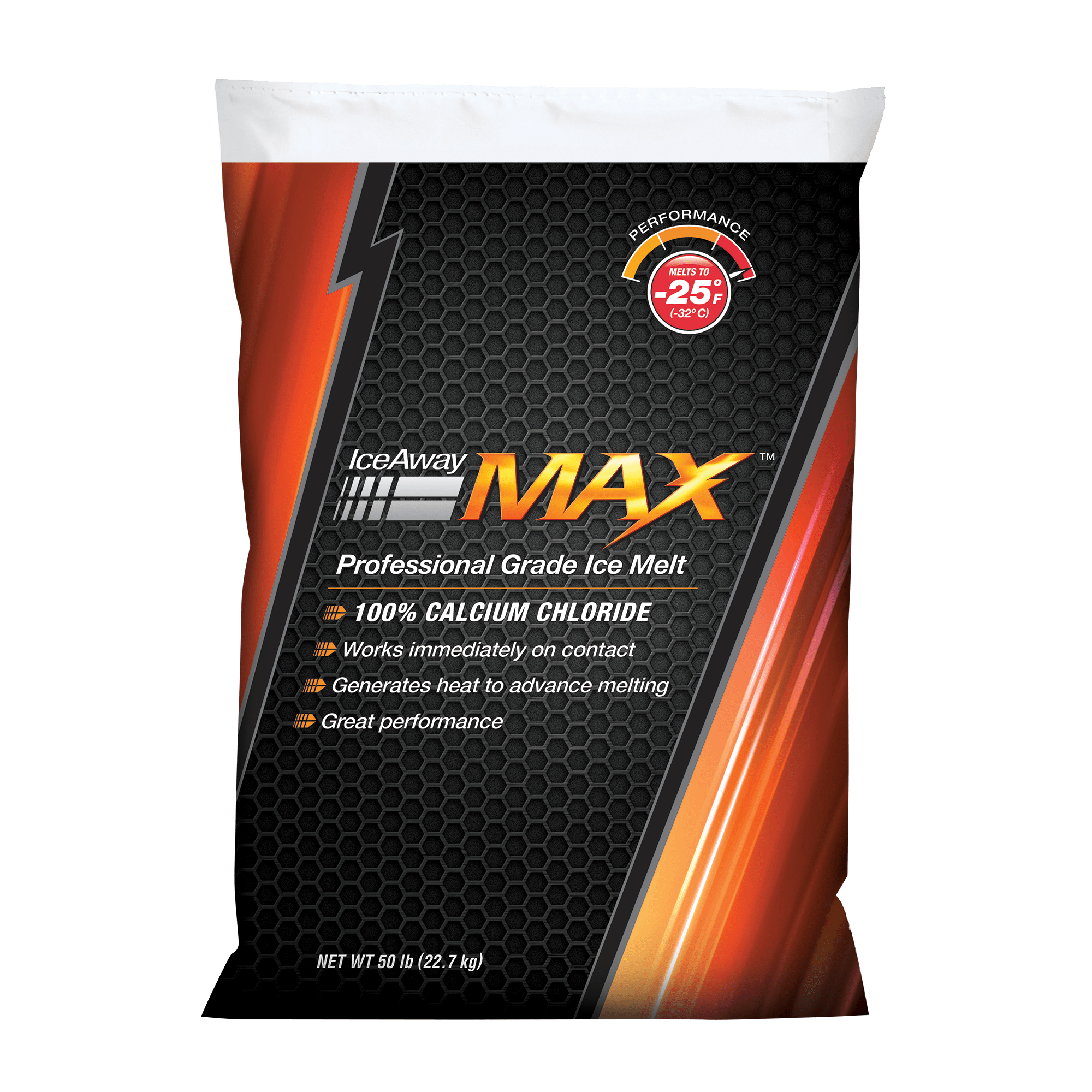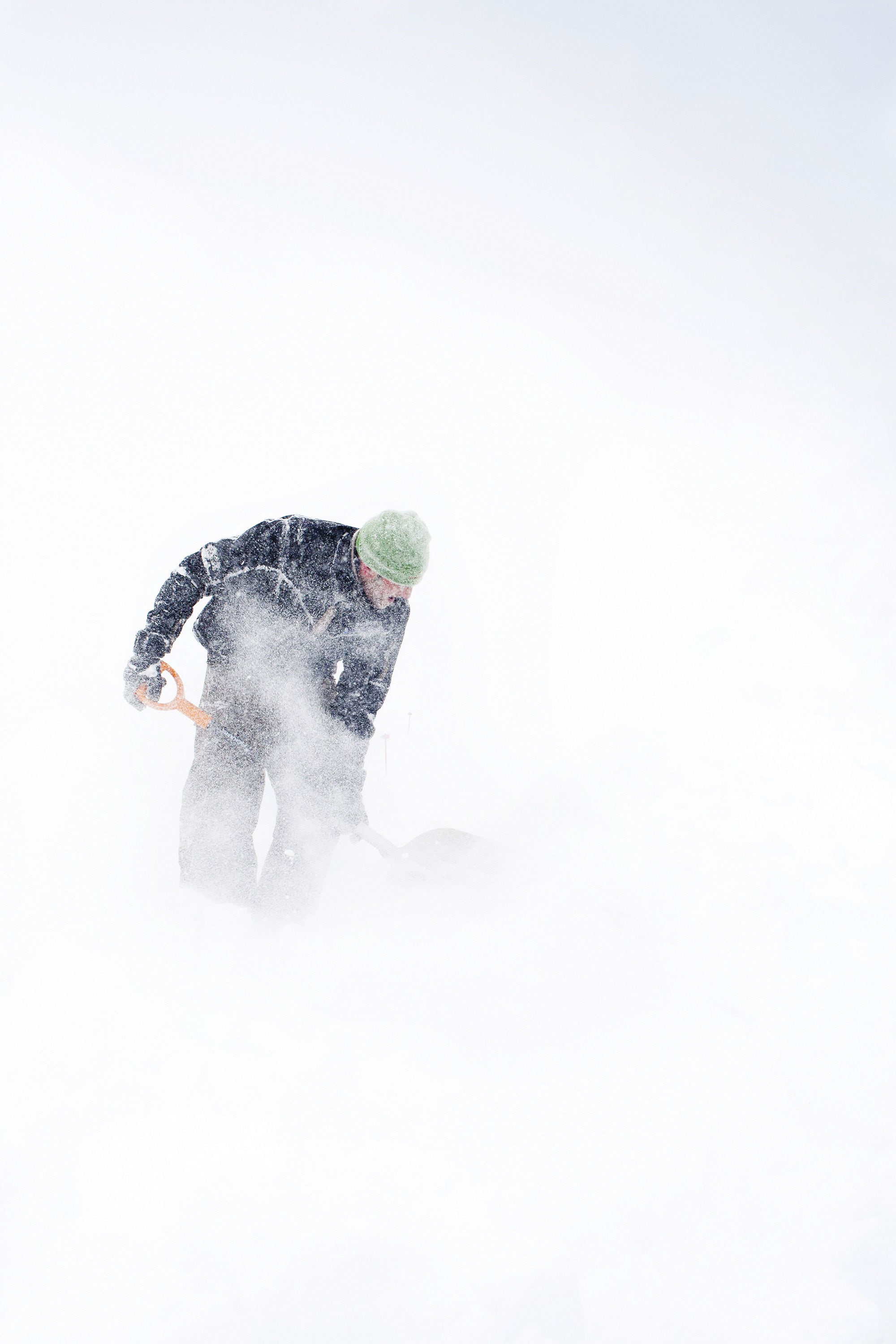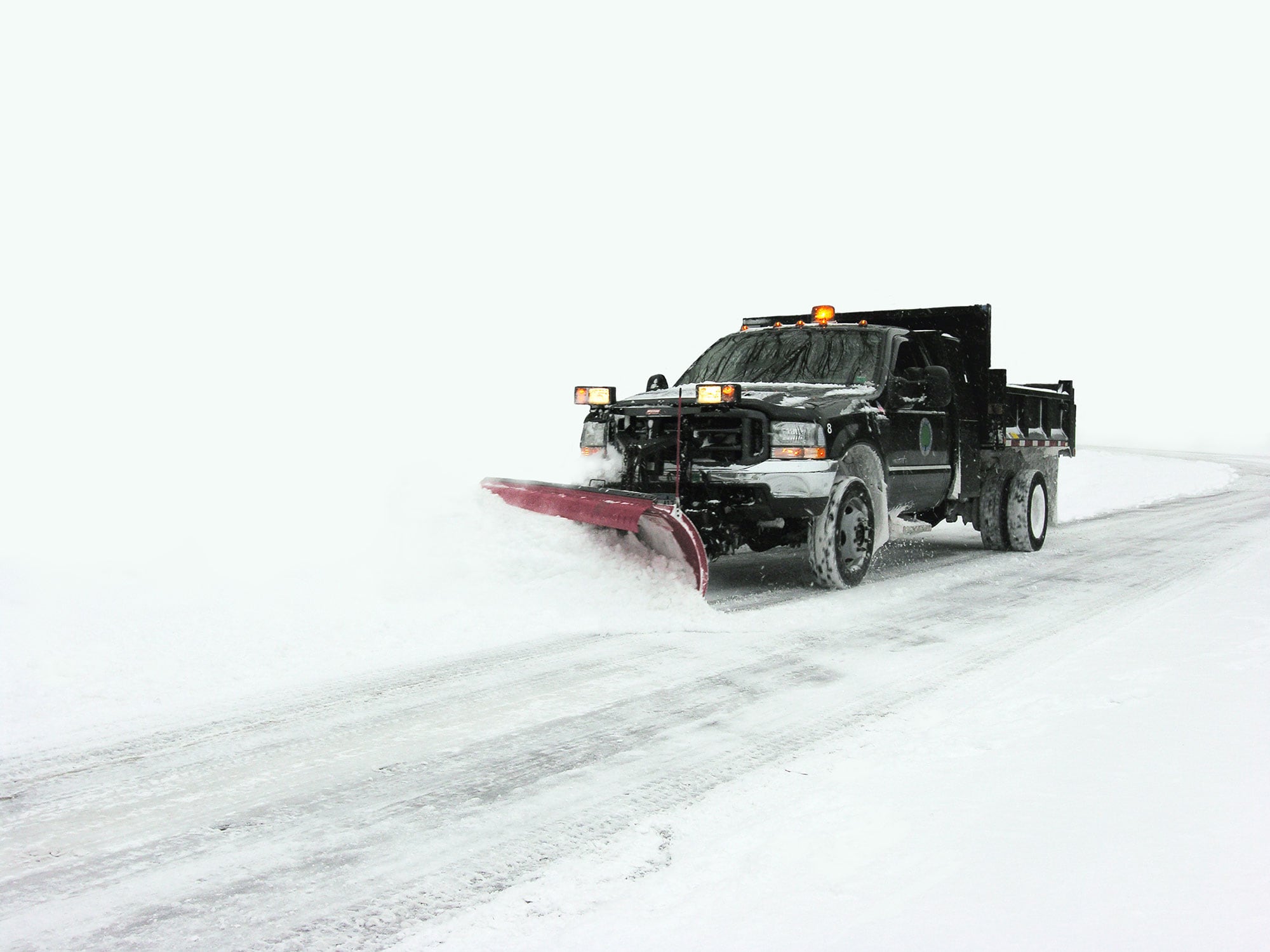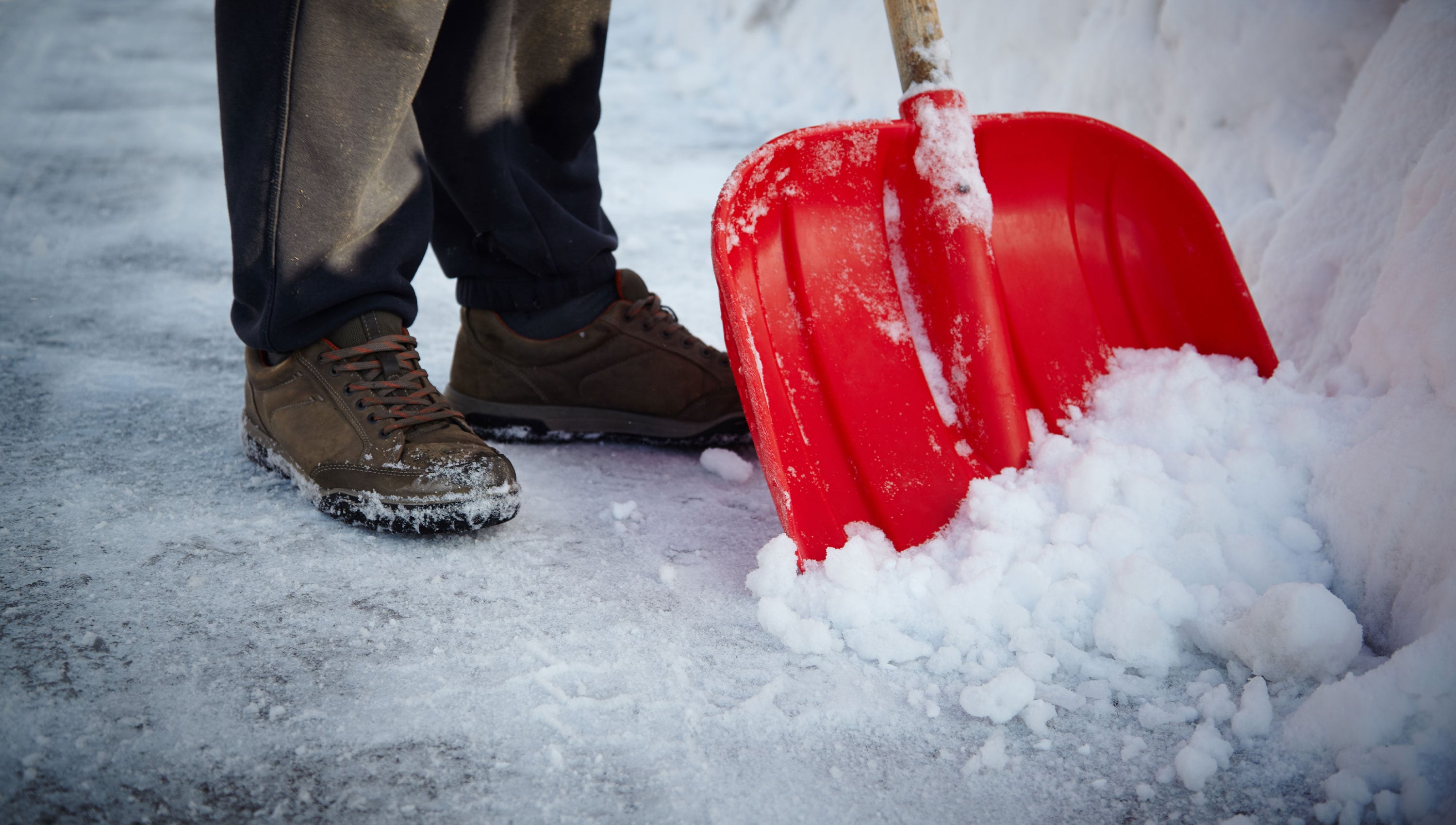
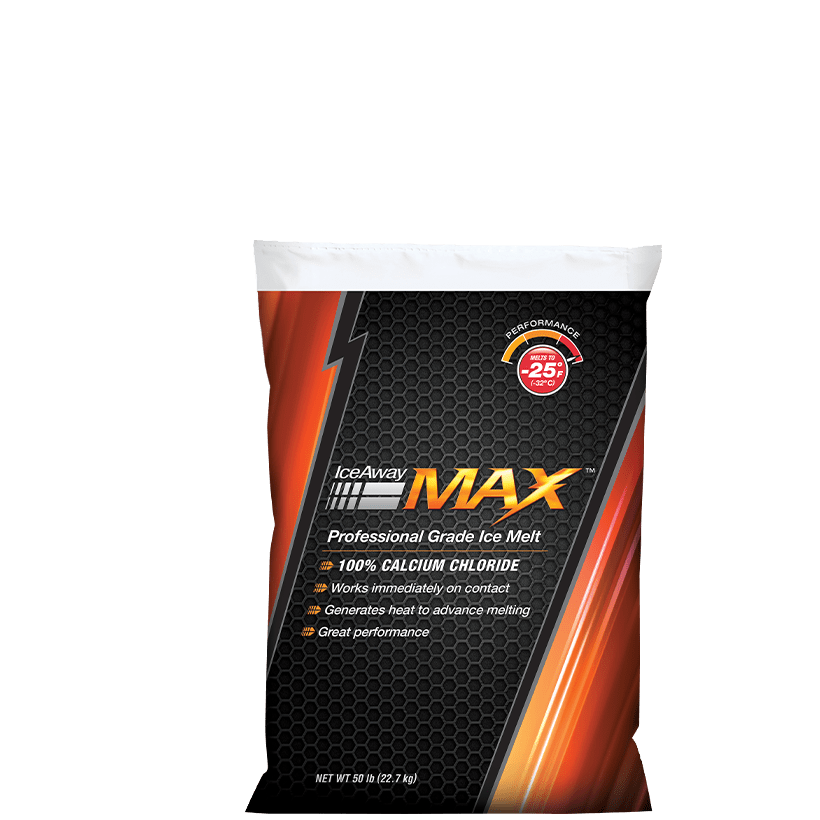
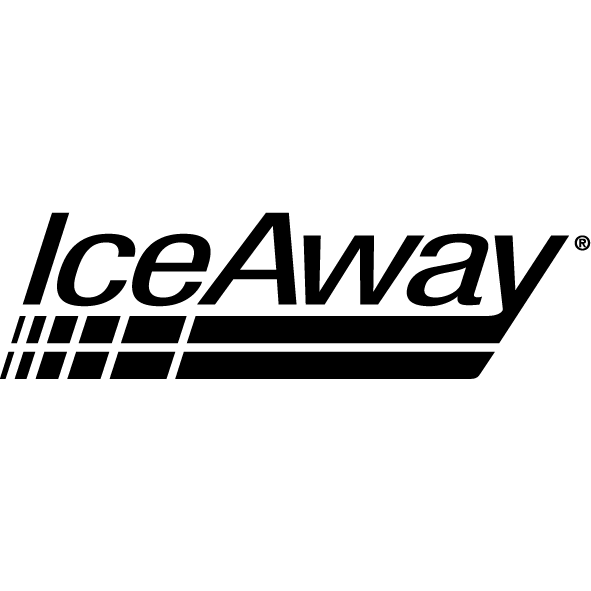
Max
Limited quantities available.
Ice and snow melt the moment they come in contact with IceAway Max, which offers one of the lowest melting temperatures available. A powerful, self-initiating chemical reaction generates heat, so melting occurs even in exceptionally cold weather.- Melts ice to -25°F/-32°C
- Exothermic reaction instantly generates heat on contact with snow and ice
- Hard working pellet shape penetrates ice more deeply
Ingredients
Calcium Chloride
Available Sizes
- 50 lb. Bag
Melting Point
Max Specifications
Ingredients
Calcium Chloride
Packaging Specifications
SKU
PKG SIZE
PKGS/PALLET
PLT PATTERN
WGT/PALLET
UPC
SKU2541388
PKG SIZE50 lb. Bag
PKGS/PALLET48
PLT PATTERN6 x 8
WGT/PALLET2,465
UPC0 73841 50650 5
Max Data Sheets
Max Imagery
Max Usage
USAGE INSTRUCTIONS:
Use ¼ cup (2 ounces) per square yard of IceAway Calcium Chloride and spread evenly, avoiding piling or overspreading. Remove resulting slush. Reapply ice melter as needed.
WARNING LABEL:
All deicers can accelerate surface damage to concrete, since they increase the number of freeze-thaw cycles. Poor quality concrete is especially susceptible to damage. However, the hazards associated with slippery surfaces must be weighed against the potential for surface damage. Use this product only on good quality, air-entrained concrete for cold weather climates. Do not use on concrete that is less than one year old, has exposed aggregate, is precast, stamped, pre-stressed, chipped, cracked, spalled or weathered; or on stone, brick, mortar joints or wood. Not intended for melting ice on roofs, gutters or in downspouts. THIS PRODUCT IS USED AT THE USER’S OWN RISK OF LOSS OR DAMAGE FROM ITS USE, STORAGE OR HANDLING.
STORAGE: Store unused product in a dry area; seal container tightly. Do not store where leaking of contents could cause damage.
FOR ICE MELTING USE ONLY. Store away from incompatible materials. Dispose of contents/container in accordance with applicable laws and regulations.
WARNING
Harmful if swallowed. Causes serious eye irritation. Wear eye/face protection, such as safety glasses, and wear suitable gloves when handling. Wash hands thoroughly afterwards. Do not eat, drink or smoke when using this product. KEEP OUT OF REACH OF CHILDREN AND PETS.
FIRST AID
FOR EYE CONTACT: Rinse cautiously with water for several minutes. Remove contact lenses, if present and easy to do. Continue rinsing. If eye irritation persists, get medical advice/attention.
IF SWALLOWED: Call a POISON CENTER or doctor/physician if you feel unwell. Rinse mouth.
FOR SKIN CONTACT: Wash skin with soap and water. Seek medical attention if irritation persists.
SUPPLEMENTAL INFORMATION
100% of the mixture consists of component(s) of unknown acute inhalation toxicity.
DISCLAIMER
Where permitted by law, all implied warranties (including warranty of merchantability) are disclaimed and manufacturer/seller will not be liable for incidental, indirect or consequential damages.
FAQs:
Ice melters differ in their ingredients, how the ingredients are combined and the ingredients’ performance characteristics. There are three main types of ice melters: single ingredient, simple blend and manufactured product. A single ingredient product is exactly what it sounds like — it contains only one ingredient. A simple blend contains particles of more than one ingredient all mixed together in one bag. A manufactured product consists of multiple ingredients all processed together, so that each particle contains all of the ingredients.
Yes. Small particles melt quickly, but may dissolve before they penetrate the ice. Large particles are more likely to penetrate the ice, but they may not completely dissolve or create a brine solution. Also, pellet- and flake-shaped products can roll and blow away more easily than granules and crystals. Medium-sized granules stay put, melt ice and snow and then resist refreezing longer. Crystal shapes provide rapid ice penetration and prevent product from scattering where you don't need it.
Like anything else in this world, too much of one thing is not always good. If too much ice melter falls on or near vegetation, that vegetation may have a hard time absorbing other nutrients it needs. Some ice melters can burn or kill grass on contact. Others use ingredients that are actually beneficial to plants. So, it’s really a matter of what ice melter is used and how it’s applied that determines how the vegetation is affected. When choosing an ice melter, look for one that is safer on skin and gentler on pets, plants, concrete or carpets.
Max Collateral
IceAway Products
0000
Max
Limited quantities available. Powerful ice melter with one of the lowest melting temperatures available.Rock Salt
Economical ice melter with optimally sized rock salt crystals for improved melting performance.Turbo
Limited quantities available. Quality blend of sodium chloride and magnesium chloride with corrosion inhibitors.
